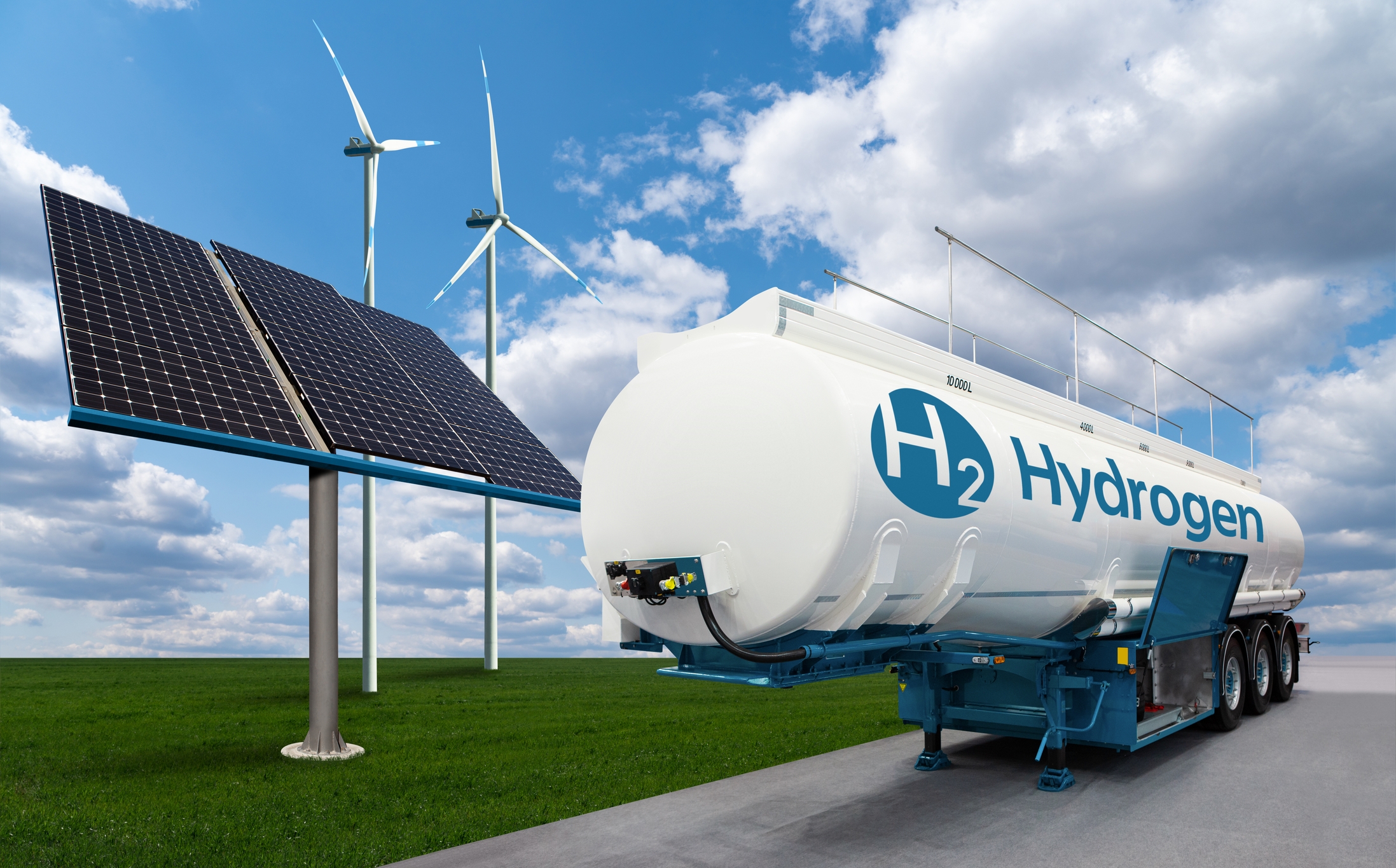Hydrogen Energy technology has progressed even more rapidly than expected during the past year. Equilibar’s involvement has also continued to increase at a dramatic pace, with lead application specialist Alan Black managing much of the activity.
Alan took a few minutes recently to answer questions about this exciting trend that has the potential to positively affect global warming. Read the interview below.
~~~
EQ: A year ago, Equilibar was at ACHEMA —the global tradeshow for the process industries that has been held in Germany for more than a century. At the time, everyone seemed to be talking about the progress that was occurring in the Hydrogen Energy space, especially as people were anticipating an energy shortage related to the war in Ukraine. What trends have you noticed since then?
Growth in the hydrogen space has been very interesting for us to watch. For over a decade now, Equilibar has been involved in hydrogen fuel cell test stands, but within the last couple of years we’ve seen a tremendous increase of interest in other sub-segments of that industry. Most notably, we’ve seen a growing focus on hydrogen production through electrolysis, with many customers coming to us for pressure/flow control in their electrolyzer test stands or even large-scale electrolysis production plants. Governments across Europe, Asia, and North America have invested a lot of money to develop clean hydrogen infrastructure. When I went to the H2 Technology Expo in Houston this June, I saw many different companies promoting their technology for just about every point in the hydrogen value chain – from production, to pipelines, to point of use.
EQ: Water electrolysis and fuel cell technology both play a major role in the hydrogen energy cycle. For those who aren’t familiar, could you give a refresher on how these processes are being used and what changes you’ve seen during the past year?
Sure, let’s start with fuel cells. There are several different technologies, which vary slightly in implementation, but at a base level they all function by taking in hydrogen and oxygen and then combining them to produce electricity with only water and heat as byproducts. The most common technology utilizes a proton exchange membrane (PEM). Hydrogen gas enters the anode side of the fuel cell where a catalyst (typically a metal like platinum) separates the protons and electrons in the hydrogen. Protons pass through the PEM while the electrons flow through a circuit, powering whatever electrical load you have connected, before recombining with the protons and oxygen on the cathode side of the fuel cell to form water. An electrolyzer is very similar but run in reverse: electrical current is applied to water to split it into hydrogen and oxygen. Any fuel cell can, in principle, be run backwards as an electrolyzer but they aren’t generally optimized to run in both directions – ones that do are called “regenerative fuel cells.”
EQ: Some people may have a little confusion regarding how a hydrogen fuel cell vehicle operates vs a vehicle that uses hydrogen as a fuel in a method that is similar to the way gasoline is used. Can you clarify? Are both viable areas of technology?
Hydrogen fuel cells produce electricity, so a fuel cell vehicle can really be thought of as an electric vehicle. Unlike most electric cars on the market today though, they rely on a tank of hydrogen instead of a lithium-ion battery. With this type of vehicle, you’d fill up your tank with hydrogen at a fueling station, very much like a gasoline station, and the fuel cell uses that hydrogen along with oxygen pulled from the air to power an electric motor, with only water vapor coming from your exhaust. A different way hydrogen can be used to power vehicles is via combustion, in much the same way that we use gasoline or diesel fuel today in an internal combustion engine. The benefit to this is that burning hydrogen involves no carbon emissions like you’d see with fossil fuels; nitrous oxide is produced from the nitrogen and oxygen in the air, but overall emissions are dramatically reduced. Another benefit to hydrogen combustion is that it’s relatively easy to retrofit existing diesel engines to use hydrogen – installation of the hydrogen tank, injectors, and modified electronic controls are all you need, with the engine itself and powertrain left unchanged. Combustion is a good stepping stone to help convert existing fleets over to hydrogen without going full electric, so it’s something we mainly see with large vehicles like trucks or construction equipment.
EQ: Several early adopters in hydrogen energy discovered that Equilibar’s dome-loaded multiple orifice technology offered unique advantages for different parts of the hydrogen energy cycle. Can you elaborate?
Our valves have most commonly been used for fuel cell and electrolyzer test stands. Whenever a fuel cell or electrolyzer is made, the manufacturer must test it to ensure it’s performing as expected across its entire operating range of flows/pressures. Our back pressure regulators have become the gold standard for control in these systems because they allow for precise control in conditions that would be difficult for many other valves. Typically, these systems involve wet/saturated gas at a relatively high temperature (~100C) and span a wide range of flows and pressures. The multi-orifice design of our valves allows for stable pressure control in these conditions with an operating Cv range that would often take multiple traditional valves to cover. Equilibar valves are dome-loaded so they are easily automated with an electropneumatic pilot. Since our valves have a very simple design, with only a flexible diaphragm and set of O-rings, they’re much easier and cheaper to rebuild than traditional stem-based valves – something that is very important in systems that run for long periods of time. Many of these same benefits apply to other hydrogen systems, whether it be controlling transmembrane pressure in a production electrolyzer system, controlling flow of hydrogen gas into a fuel cell or electrolyzer, or testing fuel injectors for combustion engines.
EQ: Are there certain areas of the world where hydrogen energy is accelerating more dramatically than others?
Yes, though as time goes on, more and more countries have been getting involved. Japan was one of the first countries to commit to building their hydrogen economy, with their automotive manufacturers like Toyota and Honda driving a lot of this development. China has invested significantly in this as well, especially when it comes to larger systems for stationary power, trucks, trains, mass transit, etc. Over the last few years, Europe and North America have really begun to build out plans for hydrogen infrastructure as well, following a similar approach. Last year the US government established their H2Hubs program to allocate $7 billion for the development of 6-10 regional hydrogen hubs and infrastructure to help make this technology cheaper and more competitive with existing fossil fuels. I expect to see even more rapid progress in the United States and other countries in the coming months.
 Physicist Alan Black is lead application specialist for Equilibar. He focuses on hydrogen energy and aerospace applications and has expertise in using computer modeling to design optimal systems for our customers.
Physicist Alan Black is lead application specialist for Equilibar. He focuses on hydrogen energy and aerospace applications and has expertise in using computer modeling to design optimal systems for our customers.
We invite you to contact Alan or one of our other applications specialists about specific fluid control scenarios including back pressure, flow and vacuum control.



